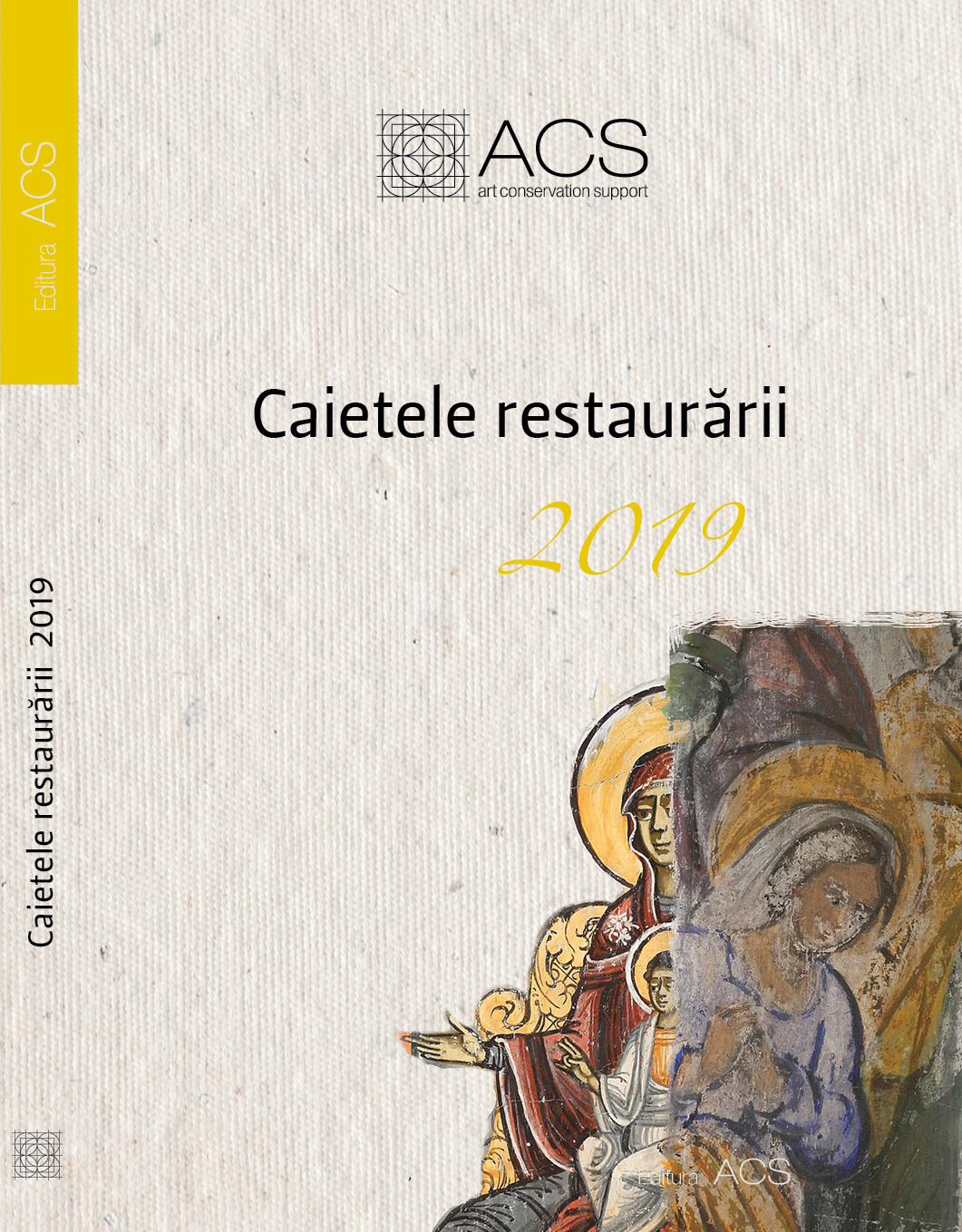Compoziția chiturilor istorice întrebuințate la etanșarea vitraliilor. Istoric și degradări.
Stained glass leaded light cement and glazing putty composition. History and deterioration.
Cleaning methods.
Author(s): Angela Horvath, Răzvan GavrilăSubject(s): History, Archaeology, Fine Arts / Performing Arts, Architecture, Middle Ages, Modern Age, History of Art
Published by: Editura ACS
Keywords: glazing putty ; leaded light cement ; deterioration ; cleaning ; solvents;
Summary/Abstract: The use of leaded light cement / glazing putty has a relatively recent and little-known history especially during the first years. Its composition had changed over the centuries, depending on the specific raw materials used in production. The degradation process involves complex components interactions that have not yet been completely characterized. Mechanical properties confirm the non-structural function for which the putty/cement sealant is designed. The basic cleaning methods have been „preserved” from one historical period to another, most of them being aggressive and dangerous procedures. New rules regarding the limitation of VOCs exposure/inhalation of the conservators and their emissions into the environment affects the range of solvents that still can be used. Finding an alternative to the traditional solvents for stained glass deglazing and lead putty/cement removal is the intention of our research and the results will be presented in a future material.
Journal: Caietele restaurării
- Issue Year: 1/2019
- Issue No: 8
- Page Range: 96-113
- Page Count: 18
- Language: Romanian
- Content File-PDF

